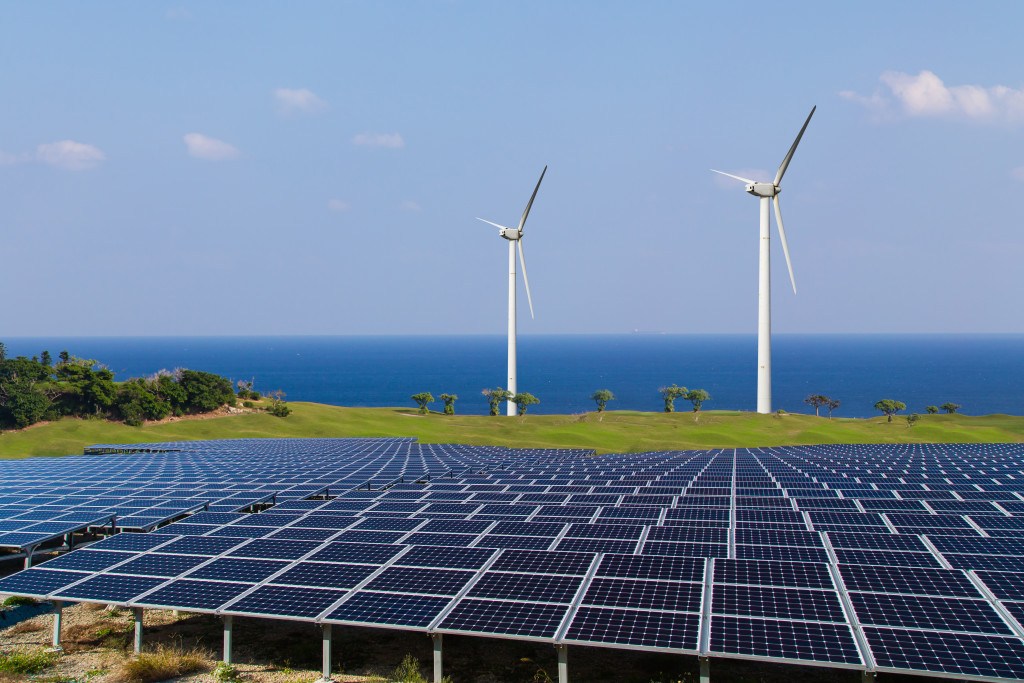Growing global power demand needs flexible energy sources – IEA
- November 15, 2018
- 0

This was the takeaway of the International Energy Agency’s (IEA) latest annual report, World Energy Outlook 2018.
“The electricity sector is experiencing its most dramatic transformation since its creation more than a century ago,” said the IEA report.
Global energy demand would increase by 25 percent by 2040, which would need more than $2 trillion annual investment in new energy supply.
All gas imports are set to increase by 60 percent over the next 22 years.
In developing economies, 90 percent more electricity will be needed to support vehicles in China and air conditioning demands in hotter climates.
Developed countries are also projected to need more power to operate their transport systems.
The report also revealed that around 70 percent of the increase in energy output will be attributed to all renewable energy sources including hydro-electric, solar, and wind.
The cost of elec
tricity produced by renewables have fallen in large part due to political support and technological adva
ncements, with solar energy seen to reduce by 40 percent more over a 20-year period.
However, the share of coal-produced electricity is seen to drop from 40 percent today to about one quarter of the total.
Meanwhile natural gas is set to to increase by 1.6 percent a year up to 2045.
“Natural gas is the fastest-growing fossil fuel according on the New Policies Scenario, overtaking coal by 2030 to become the second-largest energy source after oil,” the report states.
.
Although renewable energy sources like solar and wind will benefit the environment, it would also be a challenge due to its reliance to wind and sun availability.
“Many countries in Europe, as well as Mexico, India, and China are set to require a degree of flexibility that has never been seen before at such large scale,” it added.
Governments and power companies will need to invest on new supplies, reform energy markets, improvement of connections between grids, and pursue technology such as “smart meters,” and improved batteries which would cost $ 2 trillion annually, the report said.